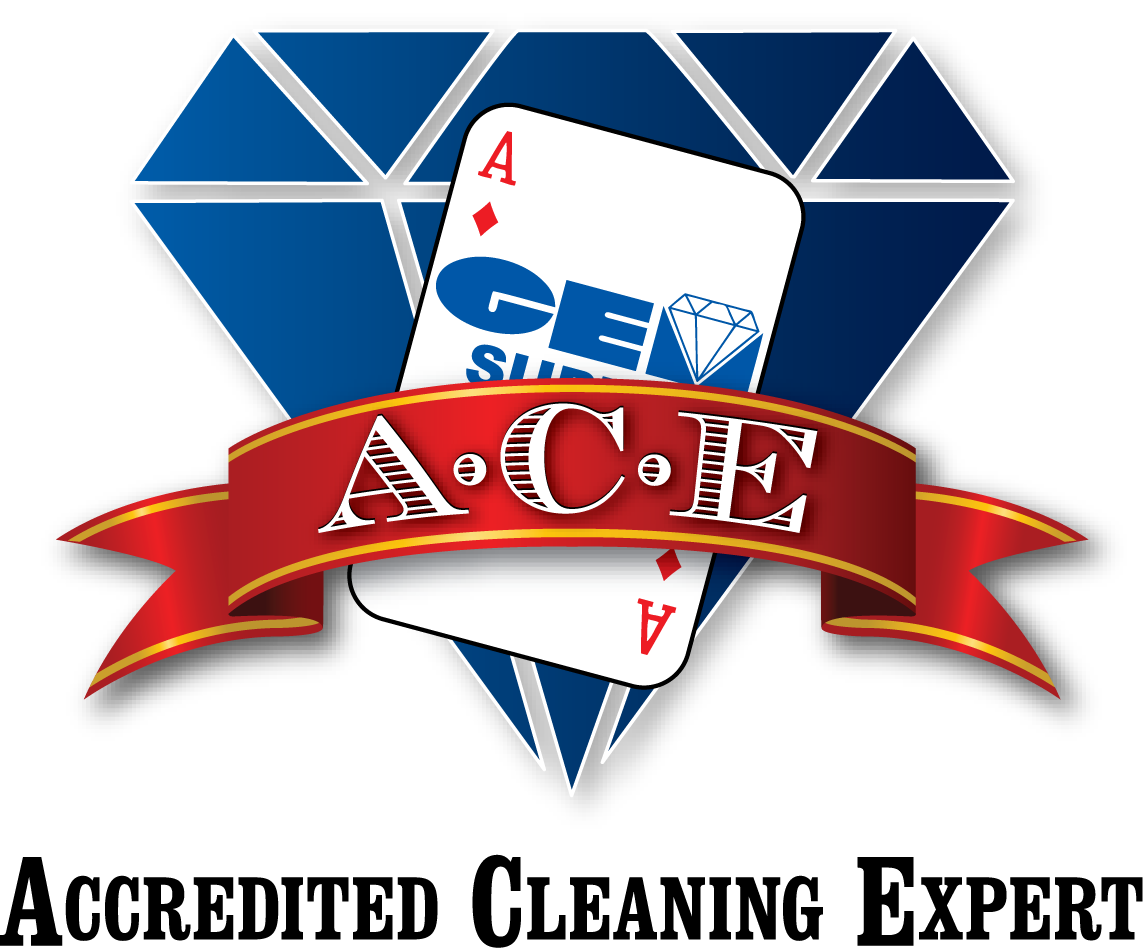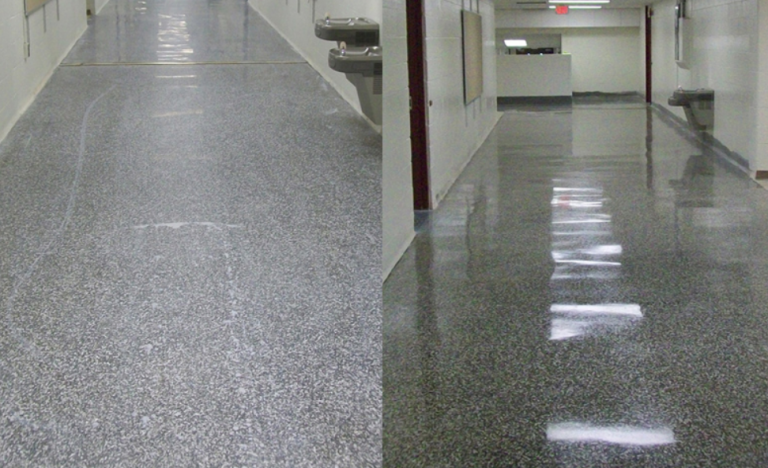Standard Validates Cleaning Procedures, CleanLink.com
Standard Validates Cleaning Procedures
By Bill Balek
In developing a standard that validates cleaning procedures, ISSA and CIRI followed a broad multi-stakeholder process designed to garner the input of all major stakeholders in an open and transparent manner. The Clean Standard: K-12 development process allowed for stakeholder involvement by participation on either the Development or the Stakeholder Committees, whose decisions were based on consensus.
These committees are comprised of industry members (manufacturers, distributors and cleaning service providers), major school districts, unions such as the American Federation of Teachers, and NGOs and non-profits such as the Healthy Schools Campaign, the National Education Association, APPA and the National Association of State Boards of Education.
The development process has been guided and informed by independent research, which included extensive scientific measurements from a multiyear review of cleaning procedures in numerous schools across the United States. The data clearly indicates that a standardized approach to the measurement of cleaning effectiveness across critical surfaces (recognized as presenting health risks in schools) could be used to improve the hygiene of interior school surfaces and help improve the school’s overall indoor environmental quality.
Specifically, the research has validated ATP meters as a way to measure the level of cleanliness of school surfaces and perfect cleaning procedures. In addition, the research has produced reasonable range values for measuring levels of cleanliness in K-12 schools across three different ATP meters, representing a standardized and quantitative approach to measuring cleaning procedures.
The Clean Standard provides schools with a framework and a standardized protocol for using ATP meters to measure and assess cleaning effectiveness on a consistent and periodic basis. Perhaps more importantly, it provides a structured approach to addressing situations where the facility has fallen below the desired level of cleanliness.
Adenosine triphosphate is recognized as an excellent marker for monitoring biologically-derived surface soiling and cleanliness. Most surfaces collect and retain soils, dusts and various deposits containing myriad particles, residues and fragments of some biological origin. These residues may derive from plants (such as pollens, fibers, dusts, fungi, etc.) and animals (skin cells, dander, insect parts, secretions, exudates, etc.), as well as other microorganisms that are environmentally ubiquitous.
By basing the metric of “clean” on ATP levels on interior surfaces, one is practically covering all surface residual contamination of biological origin. However, it is important to note that ATP monitoring is not appropriate for the identification of specific, non-biological and other pollutants that are recognized and regulated as human health hazards. Examples include lead, asbestos and pesticides.
ATP cannot identify specific bacteria, virus or fungi that may serve to be human pathogens. However, during research, RODAC measurements (a recognized means of detecting and measuring the presence of microorganisms on surfaces) were taken contemporaneously with ATP measurements. The research compared ATP and RODAC measurements and clearly established that a reduction in culturable bacteria as measured by RODAC was consistent with the reduction in ATP values after cleaning.
Purpose Of The Standard
The Clean Standard: K-12 establishes a framework for assessing the cleaning procedures and cleanliness of a school’s interior high-touch surfaces. The primary methods used for this assessment is a site survey and quantitative measurements based on ATP meters to determine what is biologically soiled. The assessment is designed to provide information showing the initial extent of contamination and the level of biological contaminant removal when cleaned. It should be used for the ultimate purpose of improving the quality of the indoor environment for the benefit of both students and staff.
The standard provides a systematic approach based on multiple elements that are used to measure the level of cleanliness and monitor cleaning procedures at K-12 facilities related to residual surface contamination of biological origin.
Specifically, the Clean Standard includes the following elements:
• A site survey or building audit;
• Evaluation of the presence of visual dust and soils;
• Pre-cleaning and post-cleaning evaluations and measurements based on ATP measurements; and
• Periodic measurement of bio-contamination or bio-soil loads using ATP.
These elements are intended to be used in a systematic process to determine the background condition and pre-existing soiling loads in any school, as well as the level of cleanliness achieved after cleaning. They also provide periodic measurement of cleanliness at the school facility.
Training will be a key component in implementing the Clean Standard at any school. It will verify that ATP measurements are conducted in a correct and consistent manner to ensure accuracy of the results.
The collective elements of the Clean Standard: K-12 will make it possible to assess the effectiveness of any commercial cleaning regimen, equipment, products and procedures. As such, the standard empowers schools to select a cleaning regimen that is the most effective and economical.
Bill Balek is the director of environmental services and legislative affairs for ISSA, Lincolnwood, Ill. More information on the Clean Standard: K-12 can be found at www.issa.com and at Gem Supply Company, www.gemsupply.net
![]()

